1. Practical Functionality
Zisha teapots combine practical use with artistic value, and their primary purpose is to brew Tea. When selecting a zisha Teapot, one should not deviate from the fundamental principle of “practicality.” Let's look at several aspects of practicality:
1.1 The capacity should be appropriate. If you often have many friends over and need to brew a lot of tea, naturally, you would choose a larger teapot; if you are just having tea with two or three close friends, then a smaller teapot would be more suitable.
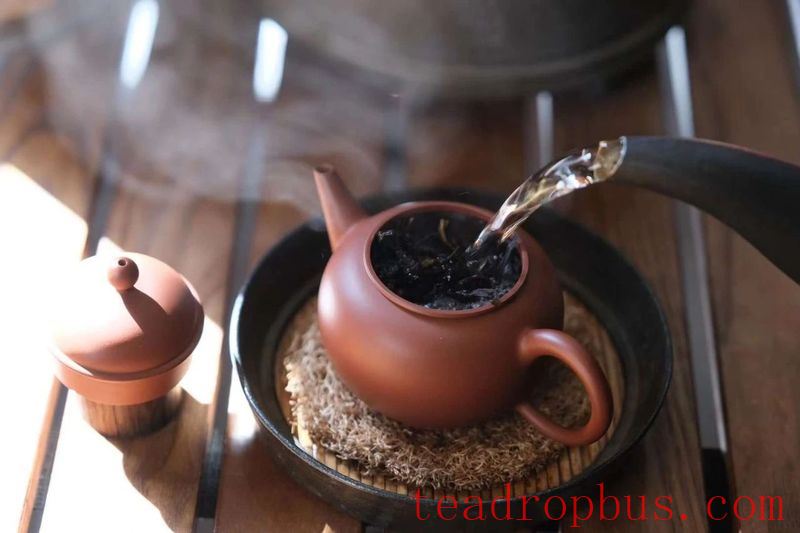
1.2 The lid design should be reasonable, allowing for easy entry and removal of tea leaves. Some tea leaves, before being steeped, are in a dry and compressed state. After Steeping, the leaves expand and can fill the entire pot. If the mouth of the teapot is too small or poorly designed, it can be difficult to remove the used tea leaves. If they are not completely removed, it's easy for tea residue to accumulate on the inner walls and even mold.
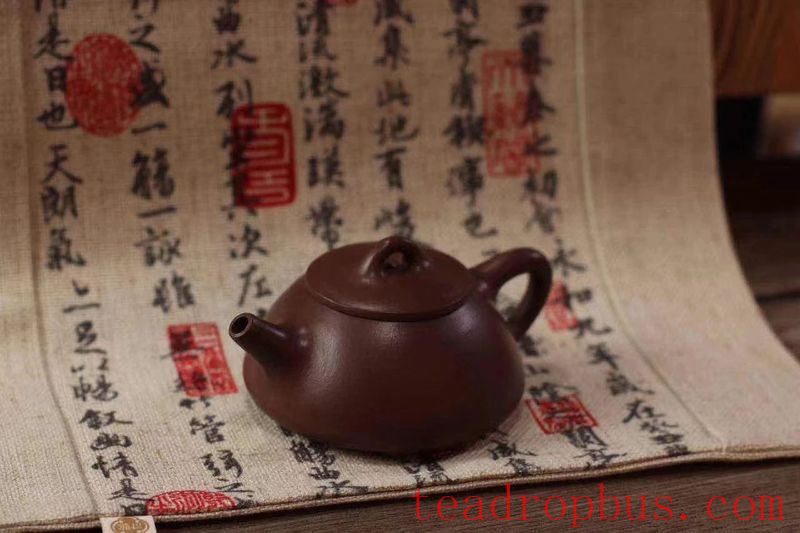
1.3 The teapot should have a stable center of gravity and feel comfortable to hold. This means it should conform to ergonomic requirements. Some teapots can be very heavy when held, which may be due to an improperly designed handle or thick walls. 1.4 The spout should allow for smooth pouring. A good teapot should pour water forcefully and smoothly.
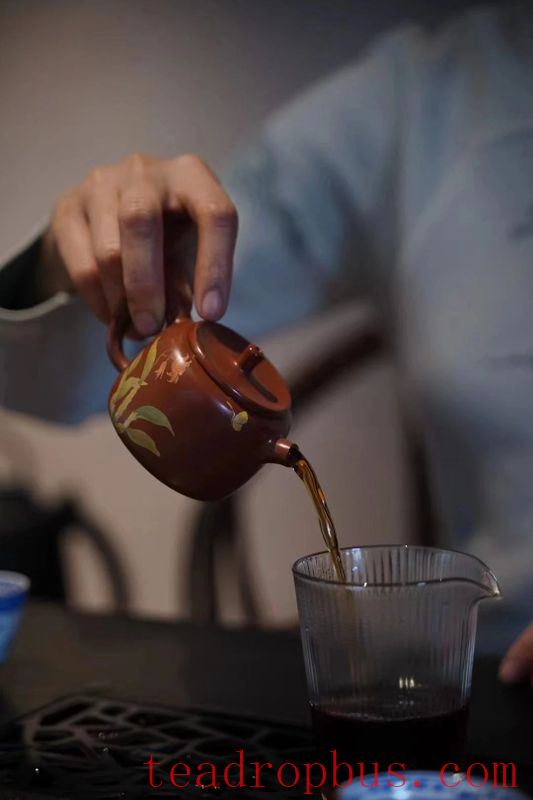
2. Aesthetics
Everyone has different tastes when it comes to aesthetics. Here, we're referring primarily to personal preference. When it comes to the shape and appearance of the teapot, as long as you personally find it pleasing and satisfying, that represents your own sense of beauty. After all, it's the teapot that you will be using, so there's no need to follow the crowd!
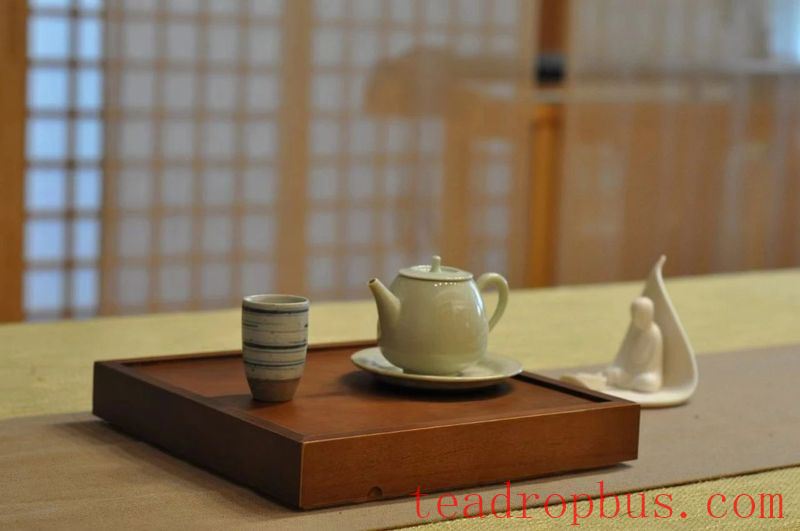
However, when it comes to zisha teapots, try to choose classic shapes, which are timeless.
3. Clay Quality
This refers to the material of the teapot. The clay color should not be garish but rather reveal sand particles subtly and not feel slick. The ability to preserve flavors and prevent souring is determined by the quality of the clay. Zisha teapots are highly regarded because of the unique properties of their raw material, zisha clay. According to modern scientific analysis, not only does zisha clay differ from other clays, but different types of zisha clay also have varying structures with subtle differences.
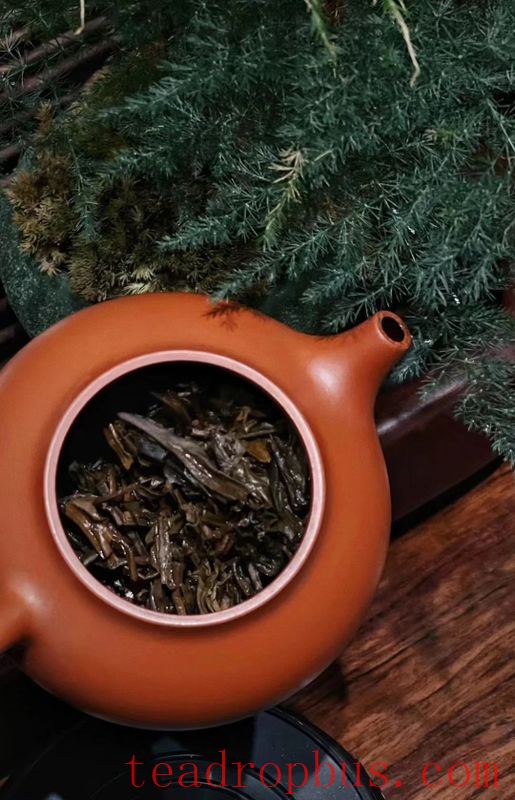
Therefore, zisha teapots made from different clays exhibit different effects and are suitable for brewing different types of tea, resulting in varied sensory experiences, some being fine and others having a noticeable graininess. Therefore, the tactile feel of the teapot is an important criterion in the identification process of zisha teapots.
4. Workmanship
The majority of high-quality zisha teapots are handmade, so the level of craftsmanship is a crucial factor in evaluating the quality of a zisha teapot. We can assess the workmanship of a zisha teapot based on the following criteria:
4.1 The spout, handle, and lid should form a straight line.
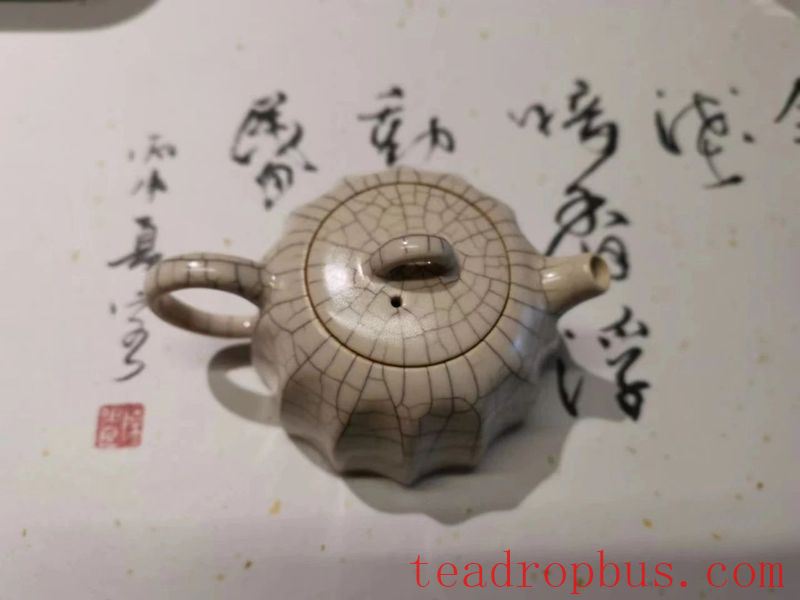
4.2 The lid should fit tightly and securely. For round teapots, the lid should rotate smoothly without any obstructions. For square teapots, each side should align perfectly and remain unchanged. For ribbed teapots, all surfaces should meet the required standards. 4.3 Lines and surfaces should be neatly finished, the interior should be clean, and the signature should be clear and centered. The lines, curves, and edges of the teapot should be beautifully and neatly finished. Signatures should be appropriately sized, positioned, and deepened to the right degree. The seams and bottom of the interior should be well-executed.
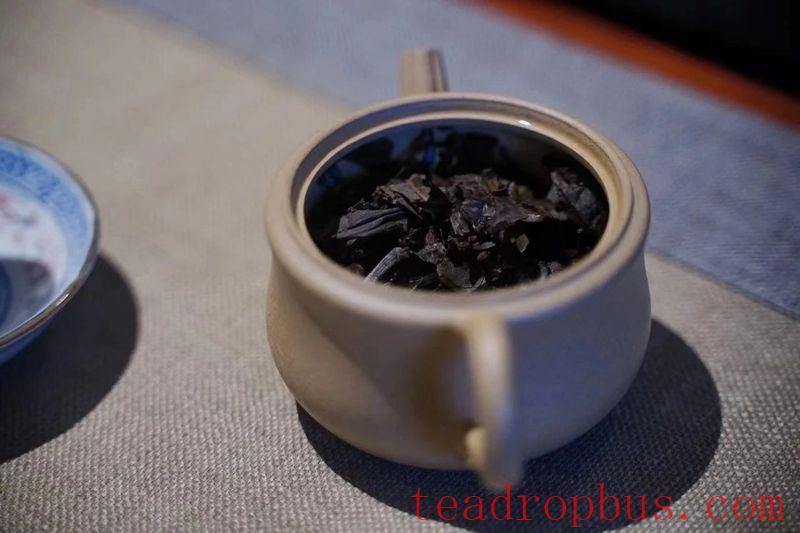
5. Careful Selection
For those new to zisha teapots, consider the following two aspects:
5.1 Geometrically-shaped teapots should be round where they are supposed to be round and square where they are supposed to be square. Lines should be straight when they need to be and curved when necessary. The size of all components should be proportionate to the body of the teapot, achieving harmony and balance. 5.2 Naturally-shaped teapots should be realistic where they need to be and suggestive where appropriate. Teapots with floral decorations should have a cohesive overall appearance without any stiffness. Pay attention to whether there are any fine cracks where the body meets the decoration, to avoid future breakage.
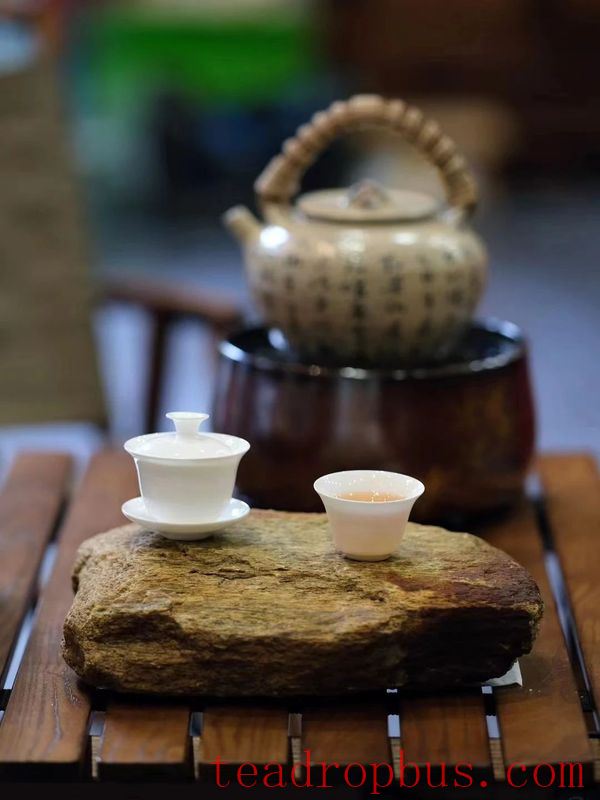
6. Choose Within Your Means
It's important to distinguish between a universally recognized excellent teapot and one that you simply like. The best teapot is the one that suits you, so don't follow trends blindly and lose the leisurely beauty of Tea drinking and cultivating one's character.
7. Considerations When Selecting a Teapot
7.1 Collecting shouldn't solely focus on “celebrity effect.”
7.2 New teapots aren't necessarily inferior to older ones.
7.3 Do not prioritize clay over artistry.
7.4 Understand market trends and choose wisely.
7.5 Don't buy a teapot based solely on the bottom seal.
7.6 Avoid focusing too much on flashy colors.
7.7 Don't value certificates from famous artists over artistic merit.
7.8 Don't judge a teapot solely by its age instead of its artistry.
If there is any infringement, please contact us for deletion.